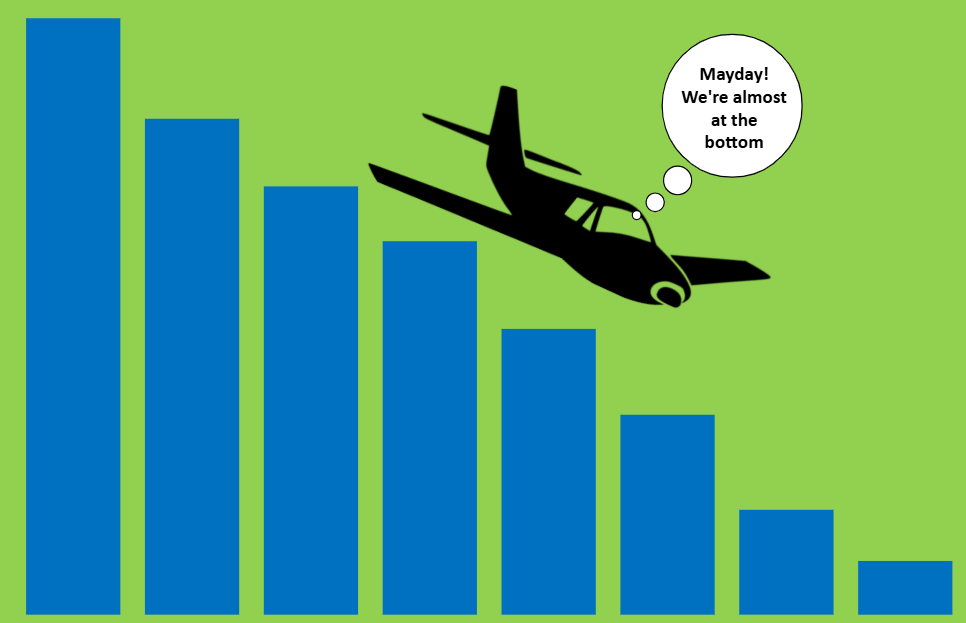Looking to Purchase One Cloud Catcher
- jamesmckenzie654
- Mar 23, 2023
- 2 min read
Māori named this land Aotearoa, loose translation "land of the long white cloud", they couldn't have been more accurate. Unfortunately for those of us in the aerial surveying business clouds ruin our day. We're fair weather, clear day flyers and clouds often mean re-fly's or no flying at all. So how is climate change predicted to change the capture window?

Its getting warmer. According to Niwa "3 of the past 5 years have been among New Zealand's Hottest ever recorded". The result is increases in extreme heat and intense precipitation. This summer La Niña has brought plenty of precipitation to New Zealand's north island. NIWA states that La Niña causes "northeasterly winds, bringing moist, rainy conditions to northeastern areas of the North Island and reduced rainfall to the lower and western South Island." This was certainly the case this summer. This wet weather combined with warm temperatures has meant one thing, clouds lots of clouds.
According to NIWA the "greatest impact of climate change is likely to be experienced first by changes in extremes rather than by changes in mean conditions." The article goes on to say "Hot days increase much more in already warmer regions of the country (like the north of the North Island), whereas cold (frosty) nights will show much larger decreases in occurrence in colder regions."
"A warmer atmosphere can hold more moisture, and so the potential for more intense rainfall events is increased. Cycling of water through the atmosphere (i.e., evaporating from the surface, transportation by winds, and ultimately precipitating out) accelerates under global warming by about 3% per degree of warming, which is not as fast as the rate of increase in moisture holding capacity (about 7-8% per degree of warming). Thus, recharge of atmospheric moisture takes a bit longer and results in more dry days in many locations. Thus for rainfall, as opposed to temperatures, extremes increase at both ends of the spectrum: more heavy rainfall and more dry days."

So what does this mean for those of us allergic to clouds? More extremes, mean we could have extended periods of wet weather or extended periods of dry weather. We're likely to therefore see a continued fluctuation in flying conditions year on year. It must be noted that clear sky's don't always guarantee capture as high winds at altitude often prevent flying.
As operators we need to embrace technology to help us mitigate the impact of climate change and clouds. For example improved camera technology and software could help us see in the shadows. Camera's with larger foot prints could enable capture with greater overlap, allowing for cloud to be removed more easily in processing. Flying under clouds when cloud provides consistent cover is also possible, however this is generally only possible for small areas. For our clients this may mean the need to reduce restrictions on sun angle, tides and even cloud. Failing that we will need to invest in a cloud catcher.
References:




Comments